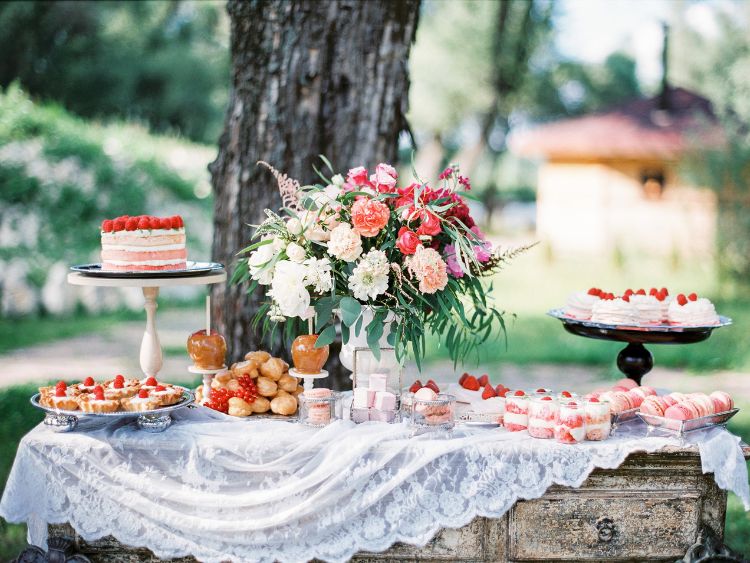Tuxedo vs Suit: Understanding the Key Differences and Choosing the Right Attire
When it comes to formal wear, the debate between tuxedos and suits is a never-ending one. Whether you’re preparing for a wedding, a gala, or any black-tie event, knowing when to don a tuxedo versus a suit can make all the difference in your appearance and confidence. In this comprehensive guide, we’ll delve into the distinctions between a tuxedo and a suit, helping you decide which attire is best suited for your next event.
Why the Debate Matters
Dressing up for a formal occasion can be both exciting and daunting. The choice between a tuxedo and a suit isn’t just about picking what looks good; it’s about understanding the etiquette, the subtle differences, and how each piece of clothing can elevate or diminish your overall look. But what exactly sets a tuxedo apart from a suit? Is one more appropriate than the other for specific events? Let’s break it down.
What Defines a Tuxedo?
A tuxedo, often associated with the utmost elegance, is a staple of black-tie attire. But what truly defines a tuxedo? Here are the key features:
- Satin Details: The most distinguishing characteristic of a tuxedo is the satin fabric that is typically found on the lapels, buttons, and the side stripe down the trousers.
- Bow Tie vs. Regular Tie: Traditionally, a tuxedo is worn with a bow tie, often made of silk or satin, matching the lapel facings.
- Shirt Style: Tuxedos are typically paired with a formal white shirt that has a wingtip or turndown collar and often includes studs or cufflinks.
- Formal Footwear: Patent leather shoes or highly polished oxfords are usually worn with a tuxedo, completing the formal look.
What Defines a Suit?
A suit, while also formal, offers more versatility and can be worn to a wider range of events. Here’s how a suit is characterized:
- No Satin: Unlike a tuxedo, a suit does not feature satin details. The lapels, buttons, and trousers are made from the same fabric as the rest of the suit.
- Tie Variety: With a suit, the tie options are endless. You can wear a standard necktie, a skinny tie, or even a bow tie, depending on the occasion.
- Shirt Options: Suits allow for more freedom in shirt choice. While white is classic, you can also opt for light blue, pink, or even patterned shirts.
- Versatile Footwear: The footwear options with suits are more varied, ranging from polished oxfords to loafers, depending on the formality of the event.
When to Wear a Tuxedo vs. a Suit
Now that we’ve outlined the key differences, when should you wear a tuxedo versus a suit?
- Tuxedo: Reserved for black-tie events, weddings (if specified), galas, and formal dinners. If the invitation says “black tie,” it’s time to break out the tuxedo.
- Suit: Ideal for business meetings, semi-formal events, daytime weddings, and most other formal occasions. Suits are the go-to for versatile formal wear.
The Evolution of Formal Wear: Tuxedos and Suits Through the Ages
The tuxedo and the suit both have rich histories that reflect changes in fashion and society. Understanding their evolution can also guide your choice.
- The Tuxedo’s Origins: The tuxedo dates back to the late 19th century, with its name originating from Tuxedo Park, New York. It was introduced as a less formal alternative to the tailcoat, which was the standard evening wear at the time.
- The Suit’s Development: Suits have been around since the early 20th century, becoming the standard for business attire. Over time, suits have adapted to changing styles, from the broad-shouldered suits of the 1940s to the slim-fitting styles of today.
Styling Tips for Tuxedos
When it comes to styling a tuxedo, there are a few golden rules to keep in mind:
- Keep It Classic: Stick to traditional black or midnight blue. These colors exude sophistication and remain timeless.
- Accessorize Wisely: Opt for cufflinks, a pocket square, and a sleek watch to complement your tuxedo. Avoid over-accessorizing, as it can detract from the elegance of the tuxedo.
- Fit is Everything: Ensure your tuxedo fits perfectly. A well-fitted tuxedo should contour to your body without being too tight.
Styling Tips for Suits
Styling a suit allows for more creativity, but there are still some guidelines to follow:
- Play with Patterns: Don’t be afraid to experiment with different patterns like checks or pinstripes, but ensure they are subtle enough for the occasion.
- Color Coordination: Coordinate your tie, shirt, and suit color. For example, a navy suit with a light blue shirt and a burgundy tie creates a sharp, cohesive look.
- Tailoring is Key: Just like a tuxedo, a suit should be tailored to fit. Whether it’s off-the-rack or custom-made, a well-tailored suit enhances your appearance.
Common Misconceptions: Tuxedo vs. Suit
There are several misconceptions when it comes to tuxedos and suits. Let’s address some of them:
- Misconception 1: Tuxedos are only for weddings. While tuxedos are popular at weddings, they are also appropriate for other black-tie events.
- Misconception 2: Suits can replace tuxedos at formal events. This isn’t always true. If the event specifies black tie, a tuxedo is the correct choice.
- Misconception 3: Tuxedos are uncomfortable. A well-fitted tuxedo can be just as comfortable as a suit, especially when tailored properly.
FAQs: Tuxedo vs Suit
Q: Can I wear a tuxedo to a daytime event?
A: Tuxedos are traditionally reserved for evening events. For daytime, a suit is more appropriate.
Q: What’s the difference in cost between a tuxedo and a suit?
A: Tuxedos are generally more expensive due to the satin details and formal accessories required. However, the price can vary depending on the brand and material.
Q: Can I wear a colored tuxedo?
A: While black and midnight blue are traditional, modern fashion does allow for colored tuxedos. However, it’s best to choose colors that are still formal, like deep burgundy or forest green.
Q: Should I rent or buy a tuxedo?
A: If you attend multiple black-tie events a year, investing in a tuxedo might be worthwhile. However, for one-off events, renting can be more economical.
Q: Are there any alternatives to tuxedos and suits?
A: For formal events, a tuxedo or suit is generally expected. However, a dinner jacket or a blazer with formal trousers can sometimes be a stylish alternative.
Conclusion: Making the Right Choice
Choosing between a tuxedo and a suit depends on the event, your personal style, and the impression you want to make. Both have their place in a well-rounded wardrobe, offering versatility and elegance for various occasions. When in doubt, consider the formality of the event, the dress code, and how you want to present yourself.
Remember, whether you choose a tuxedo or a suit, the key is to wear it with confidence. After all, it’s not just about the clothes—it’s about how you carry yourself in them.
Authoritative Links:
- www.gentlemansgazette.com/tuxedo-vs-suit
- www.realmenrealstyle.com/tuxedo-vs-suit-differences
- www.blacklapel.com/tuxedo-vs-suit
- www.heidiklein.com/blogs/what-s-the-difference-between-a-suit-and-a-tuxedo
- www.therake.com/stories/icons/difference-tuxedo-suit
This article should give readers a clear understanding of when and how to choose between a tuxedo and a suit, while ensuring that your choice aligns with both tradition and personal style.



